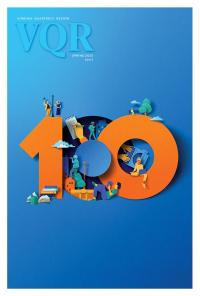James McWilliams’s essays have appeared in Harper’s, the American Scholar, the Paris Review Daily, the New York Times Book Review, and the New Yorker online. He is the 2009 recipient of the Hiett Prize in the Humanities and is a professor at Texas State University. He’s...

